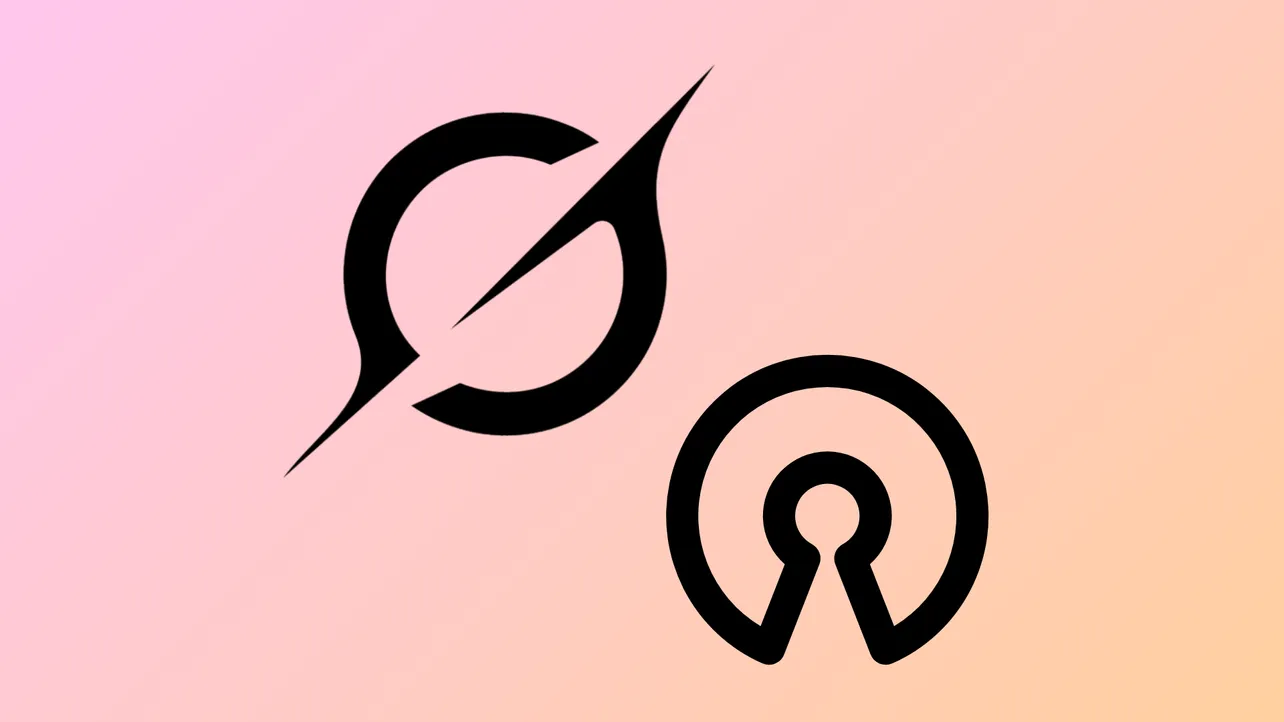Deploying Grok 2.5 locally now requires downloading over 500GB of model files and prepping a serious GPU cluster—eight cards with at least 40GB of memory each. This technical context sets the stage for xAI’s latest move: making its year-old large language model, Grok 2.5, available for public download on Hugging Face. For researchers and organizations with the right hardware, this opens new avenues for experimentation with a model that was, until recently, locked behind closed doors.
Elon Musk’s announcement signals a shift in xAI’s approach to AI development. By providing Grok 2.5’s model weights, xAI positions itself as a player in the open-source AI movement, challenging rivals like OpenAI, Google DeepMind, and Meta. However, the release comes with a custom license that restricts key uses—most notably, prohibiting training new models or using Grok 2.5 to improve other AI systems. This hybrid approach means developers can run, modify, and test the model, but cannot leverage it for commercial projects or model distillation.
How to Run Grok 2.5 Locally
Step 1: Download the Grok 2.5 model weights from Hugging Face. The full package consists of 42 files totaling around 500GB. Expect slow download times and potential interruptions; retry as needed to complete the set.
Step 2: Prepare your hardware. Running Grok 2.5 requires a setup with eight GPUs, each offering at least 40GB of VRAM. This requirement puts the model out of reach for most hobbyists or small teams, but aligns with the needs of research labs and large organizations.
Step 3: Install the SGLang inference engine (version 0.5.1 or higher). SGLang serves as the backbone for launching Grok as a chat service or integrating it into applications. Download and configure the engine from the official GitHub repository.
Step 4: Launch the inference server using the provided command-line tools. Specify the model path, tokenizer, tensor parallelism, quantization (fp8 is recommended), and attention backend (Triton). This step sets up the environment for interactive use.
Step 5: Send test prompts to the running server to verify functionality. Use the recommended chat template to ensure consistent results. If the model responds with its name (“Grok”), the deployment is successful.
Licensing Restrictions and Community Response
xAI’s Grok 2.5 release is covered by a custom “Community License Agreement.” While it allows free use and local modification, the license explicitly blocks commercial deployment, distillation, and using the model to train or improve other AI systems. These terms contrast with more permissive licenses like Apache 2.0 or MIT, which are favored by organizations such as Mistral, Qwen, and DeepSeek.
Community feedback has been mixed. Some see the move as a step toward transparency and broader access, while others criticize the restrictions as undermining the spirit of open source. The licensing terms, combined with the model’s hardware demands, mean Grok 2.5 is unlikely to become the go-to foundation for new open-source projects or commercial applications.
Performance and Benchmarking
When first introduced, Grok 2.5 outperformed models like Claude and GPT-4 on several academic benchmarks, including GPQA (graduate-level science), MMLU (general knowledge), and MATH (competition math problems). However, the landscape has shifted rapidly. Today, models such as DeepSeek V3.1, GPT-OSS-120B, and Qwen3-235B consistently score higher on intelligence leaderboards, and many require less computational power to run.
Grok 2.5’s strengths include real-time integration with platforms like X (formerly Twitter), making it effective for surfacing breaking news and handling controversial topics. Still, its age and the pace of LLM development mean it no longer represents the state of the art in open-weight models. Users looking for top-tier performance or efficient local inference may find newer, smaller models more practical.
Transparency, Controversy, and the Broader AI Landscape
Musk’s decision to open Grok 2.5 comes after a year marked by both technical advances and public controversies. Grok’s prior versions drew criticism for generating problematic outputs, including references to conspiracy theories and offensive self-descriptions. In response, xAI published its system prompts on GitHub in an effort to provide more transparency into the model’s behavior and safeguards.
By releasing Grok 2.5, xAI invites the research community to audit, test, and potentially improve the model’s reliability. However, the company retains tight control over core development and future releases. Musk has promised that Grok 3 will be open-sourced in about six months, though timelines for such releases have historically shifted.
Comparing Grok 2.5 to Other Open Models
Grok 2.5’s open sourcing is part of a broader trend as AI companies compete to win developer mindshare. OpenAI’s recent GPT-OSS models, Meta’s Llama 3, and DeepSeek’s V3.1 have all raised the bar for what’s possible with open-weight LLMs. Unlike Grok 2.5, many of these models come with more permissive licenses and lower hardware requirements, making them accessible to a wider range of users.
Despite its technical strengths at launch, Grok 2.5 now lags behind newer releases in both performance and usability. For organizations interested in experimenting with a large-scale model and who have the necessary infrastructure, Grok 2.5 provides another data point for comparison and research. For most developers and startups, more recent models with friendlier licenses and resource demands likely offer greater practical value.
Grok 2.5’s release marks a symbolic move toward openness, but the restrictive license and steep hardware needs limit its real-world impact. As the AI race heats up, the true test will be whether future xAI models offer both technical progress and genuine accessibility for the broader community.


